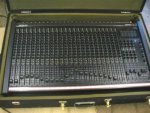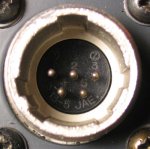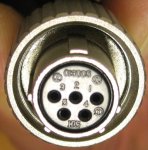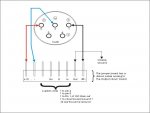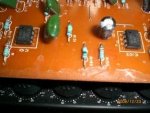adwaz
New member
I bought this mixingboard a couple years back and it seemed like a killer deal. I guess I forgot the "If it sounds to good to be true, It probably is". It's a nice looking board with a road case, but didn't include the power supply.
After 2 years of googling and searching, I have come up with nothing. This board never existed.......Maybe If I could read Korean, I might be able to find out something.
Has anyone out there ever heard of a Samick M24 mixer? If so, IYHO, is it worth trying to put together a powersupply for it. If so, where in the world would I start without a schematic with voltages?
After 2 years of googling and searching, I have come up with nothing. This board never existed.......Maybe If I could read Korean, I might be able to find out something.
Has anyone out there ever heard of a Samick M24 mixer? If so, IYHO, is it worth trying to put together a powersupply for it. If so, where in the world would I start without a schematic with voltages?

